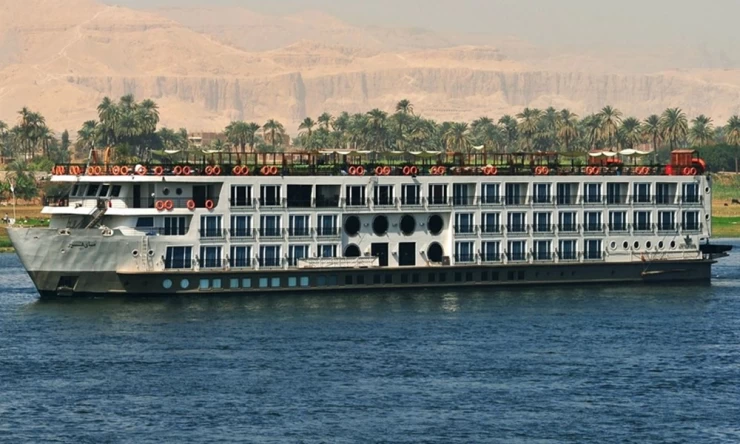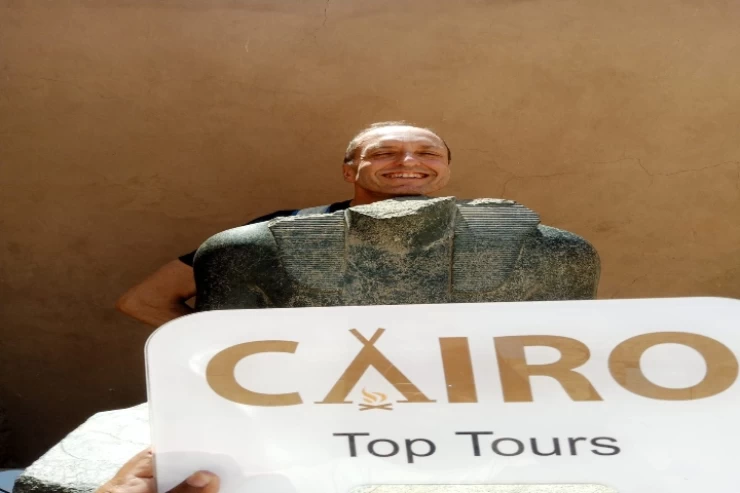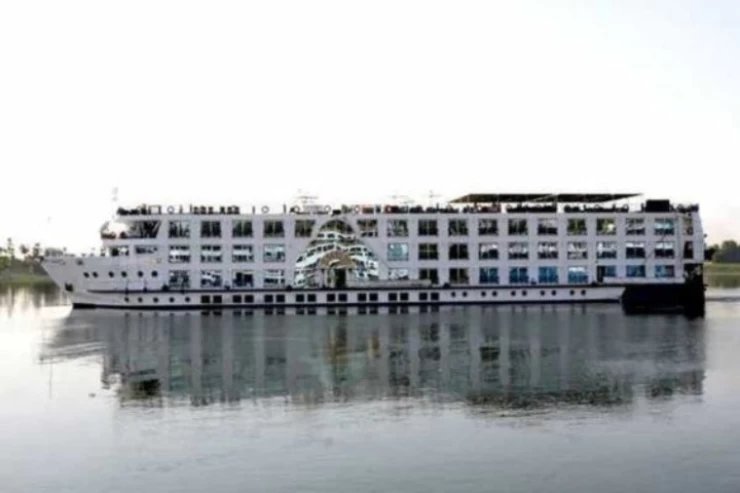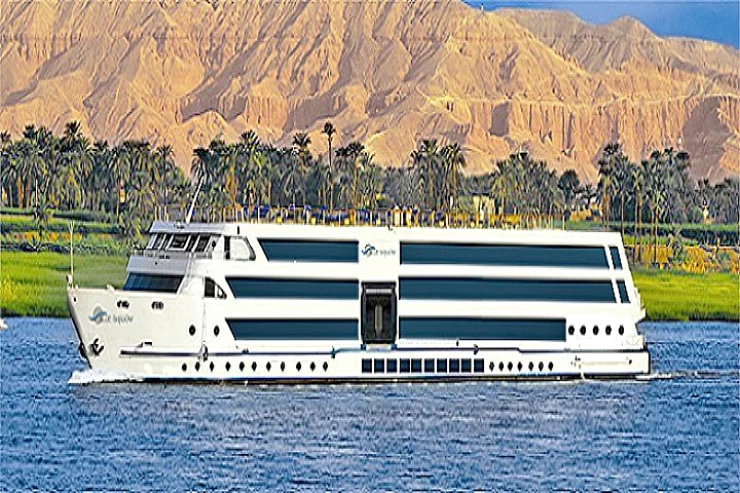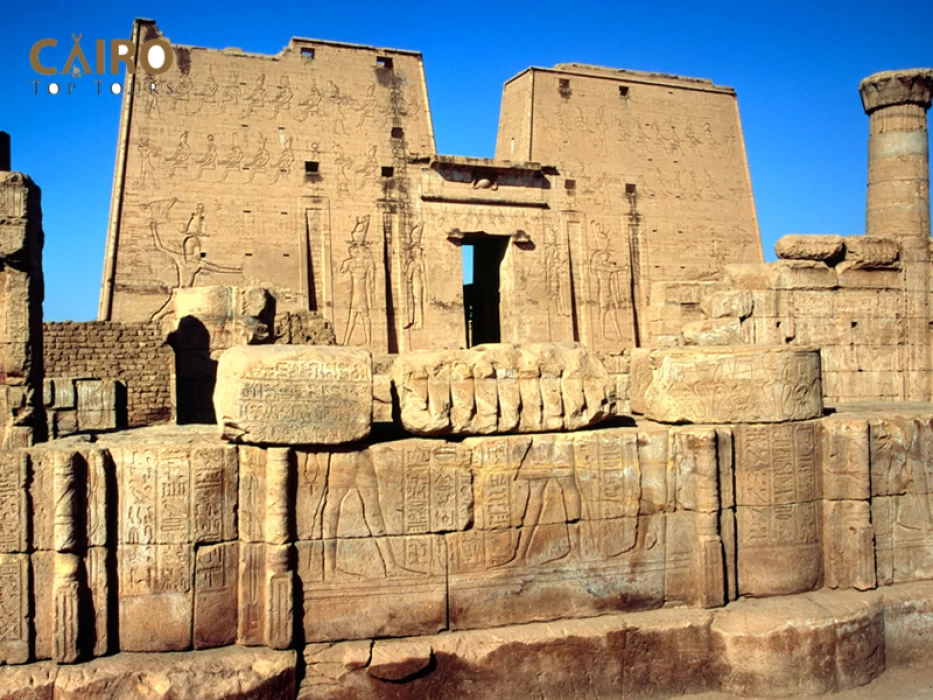
Kom Ombo Temple | Temple of Sobek and Horus
Kom Ombo Temple
The Temple of Kom Ombo, dedicated to Sobek and Horus the Elder, features two identical entrances, hypostyle halls, and sanctuaries. The temple's symmetrical design symbolizes the mythical connection between the two deities. The history of Kom Ombo temple highlights the significance that ancient Egyptian priests attributed to natural cycles and Nile crocodiles. Situated on a rocky outcrop near a bend in the Nile where crocodiles once congregated, the temple is adorned with mummified crocodiles, clay coffins, and intricate reliefs on its walls. Visitors can explore the temple by taking a Felucca ride or a Nile Cruise from Luxor to Aswan, or by joining a day trip from Aswan.
The Temple of Kom Ombo stands as a significant highlight for travelers on Nile Cruises in Egypt and is featured in numerous Egypt Travel Packages, Day Tours, and Aswan excursions. Originally built during the Ptolemaic dynasty, the temple underwent further enhancements in the Roman period. Visitors can conveniently include a trip to Kom Ombo Temple in their itineraries when exploring Egypt or through our diverse selection of tours originating from Cairo.
The historical significance of Kom Ombo Temple is noteworthy. Its unique design is dedicated to two deities: Sobek, the crocodile god, and Horus the Elder, the falcon god. The temple boasts a dual sanctuary, characterized by symmetrical architecture, with each section devoted to its respective god.
The deity Horus, known as the Falcon-Headed God of the Sky, is central to the historical significance of the temple. Currently, visitors access the temple through a side entrance, which was once part of the main door within the enclosure. The original entrance pylon has been entirely worn away by the waters of the Nile.
Presently, the city is inhabited by numerous Nubians, who have been dispersed as a result of the creation of Lake Nasser. The most convenient route to reach Kom Ombo is via the Nile River.
This temple dates back to the post-pharaonic period, contemporaneous with the temples of Esna and Edfu. It is believed to have been constructed atop the remnants of an earlier edifice. The entrance pylon was subsequently added by the Roman Emperor Augustus around 30 B.C.
The internal layout of the temple closely resembles that of Esna. From the front courtyard, which has unfortunately suffered significant damage, two entrances lead into the hypostyle hall. This hall features eight capitals designed in the form of lotus flowers, adorned with depictions related to Horus, the sky god, on the left wall, and Sobek, the crocodile deity, on the right wall. Within this area, one can also find the Chapel of Hathor, dedicated to Horus's consort. The chapel houses a collection of crocodile mummies. Adjacent to it is a large well and a basin utilized for the care of sacred crocodiles.
The remnants of the ancient city have vanished, along with the crocodiles, which became extinct due to extensive hunting. Nevertheless, a magnificent temple still stands, overlooking the timeless Nile. A knowledgeable guide, specializing in Egyptology with Cairo Top Tours, will be with you throughout the visit, ready to address any inquiries you may have.
The Kom Ombo Temple stands out as one of the most remarkable and captivating sites in Aswan, holding significant historical importance in the context of Egypt.
This temple features a rectangular design, adorned with carvings depicting King Ptolemy VI in reverence to the deities Sobek and Horus. Additional illustrations showcase him presenting wine to the goddess Hathor and her consort, the god Sobek.
Hathor, revered as the mother of the sun god Ra and the sky god Horus, was also recognized as the ancient Egyptian goddess of sensuality, music, dance, fertility, and beauty, including cosmetics. She is often represented in the form of a cow or lioness, or depicted with a sun disk positioned between her cow horn headdress.







